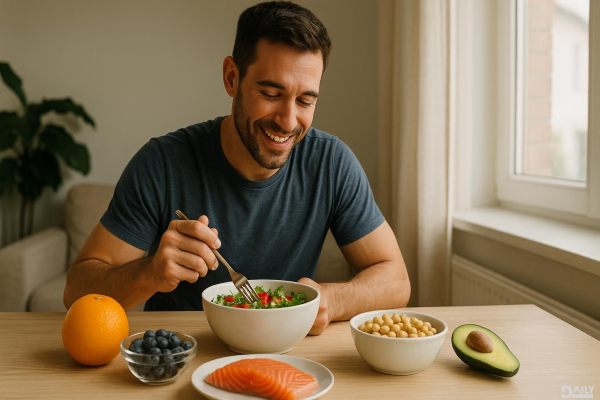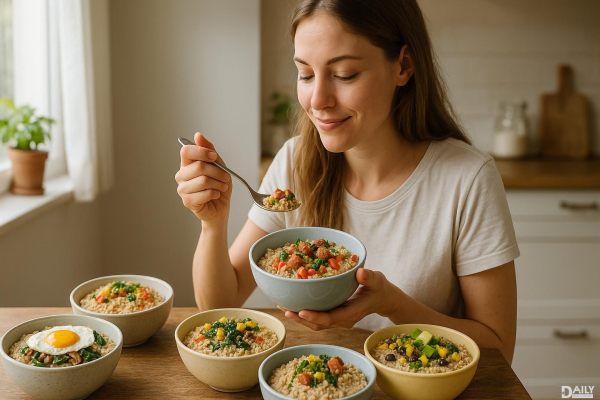Pumpkin seeds might just be the most underrated snack of fall. While everyone’s obsessing over pumpkin spice lattes and pumpkin pie, these little nutritional powerhouses are sitting right there in your jack-o’-lantern’s guts, waiting to be roasted and enjoyed. And trust us—once you learn about their health benefits, you’ll never toss them in the compost again.
Pumpkin Seed Varieties: More Than Just Guts
Not all pumpkin seeds are created equal. The two main types you’ll encounter are green pepitas (the fancy, hulled seeds) and the classic white-shelled "scoop" seeds you dig out when carving pumpkins. Pepitas are flat, oval, and ready to eat straight out of the bag—no cracking required. They’re packed with antioxidants, fiber, and protein, making them a go-to for smoothie bowls and salads. Scoop seeds, on the other hand, come with a tougher outer shell, but don’t let that deter you. Roast them with a little salt and olive oil, and they turn into a crunchy, addictive snack. Nutritionally, they’re pretty similar to pepitas, though the hull means they take a bit more effort to eat if you prefer them shelled.
Pumpkin Seeds Nutrition: Tiny But Mighty
One ounce of pumpkin seeds—about a handful—packs a serious nutritional punch. Whether you go for pepitas or scoop seeds, you’re getting a solid dose of magnesium, iron, zinc, and plant-based protein. Here’s the breakdown: scoop seeds deliver 158 calories, 8.6 grams of protein, and a hefty 168 mg of magnesium per ounce. Pepitas? Slightly fewer calories (160), a tad less protein (8 grams), but still loaded with magnesium (160 mg) and iron (2.7 mg). The biggest difference? Pepitas skip the hull, so your body absorbs their nutrients faster. Either way, you’re winning.
Pumpkin Seed Health Benefits: Why You Should Be Snacking on These
why pumpkin seeds deserve a permanent spot in your pantry. First up: magnesium. A quarter-cup serving covers over 40% of your daily needs, which is clutch since nearly half of Americans don’t get enough. Magnesium keeps your blood sugar and blood pressure in check and supports over 300 bodily functions. Then there’s iron, crucial for energy, especially if you’re active or prone to deficiencies (looking at you, menstruating folks). Pumpkin seeds also bring antioxidants to the table, fighting off free radicals and potentially lowering cancer risk. And let’s not forget heart health—their healthy fats and fiber help manage cholesterol and blood pressure.
Potential Risks: When Pumpkin Seeds Aren’t Your Friend
For most people, pumpkin seeds are a safe, nutrient-dense snack. But if you’ve got a seed allergy, steer clear—symptoms can range from mild itching to full-blown anaphylaxis. Even if you’re allergy-free, overdoing it can backfire. Too many seeds = too much fiber, which might leave you bloated and gassy. And since they’re calorie-dense, mindlessly munching could lead to unintentional overeating. Moderation is key—a handful a day keeps the doctor happy.
How to Eat Pumpkin Seeds: Beyond Basic Snacking
Sure, roasted pumpkin seeds are a classic, but there’s so much more you can do with them. Toss pepitas into your morning oatmeal or smoothie for a protein boost. Sprinkle them over salads or grain bowls for extra crunch. Blend them into pesto instead of pine nuts for a nutty twist. Or, if you’re feeling fancy, use ground pumpkin seeds as a gluten-free breading for chicken or fish. Pro tip: Store them in an airtight container to keep them fresh—they can go rancid if left out too long.
Bottom line? Pumpkin seeds are a nutritional jackpot. They’re loaded with essential nutrients, support everything from muscle recovery to heart health, and are versatile enough to fit into almost any meal. So next time you’re carving a pumpkin, don’t ditch the seeds—roast ’em, season ’em, and snack your way to better health.
























